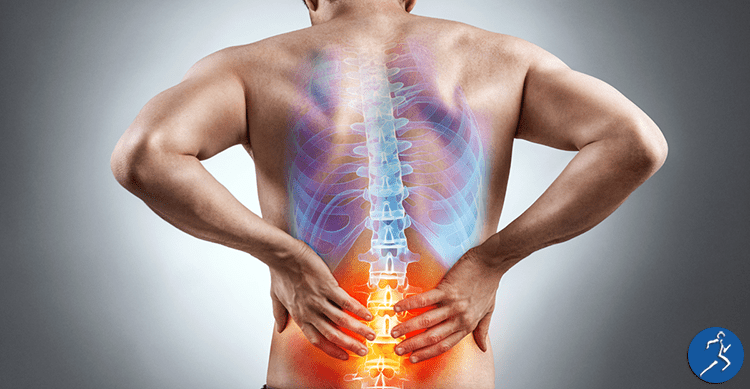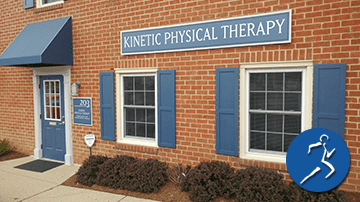Have you recently been diagnosed with sciatica? What is it, and can it be cured? At this point, your doctor may have referred you to a physical therapist. How does physical therapy help sciatica pain?
The sciatic nerve begins at the low back and runs down through the buttocks and continues to branch out down the back of the leg into the foot. Some of the symptoms you may have been experiencing could range from numbness and tingling, cramping, burning and shooting pain. Many reasons may be causing the inflammation, including Disc herniation, Stenosis, Trigger Points, and Piriformis Syndrome, to name a few.
Luckily there are elements of physical therapy that can work to heal your sciatica. Both passive and active treatments work to relax your body and prepare it for therapeutic exercise.
Most Common Causes and Their Treatments
Disc Herniation
One of the most common sources of pressure on the sciatic nerve is a herniation or protrusion of a spinal disc. The stress on the nerve creates an irritation and inflammatory response, resulting in pain radiating down the leg. Your physical therapist may choose repetitive lumbar range of motion, or ROM (both extension and flexion) exercises. These are aimed at safely limbering and strengthening the low back. In addition, core stabilization exercises, as well as focusing on the gluteal muscles, used in conjunction with the lumbar mobilization proves useful for many patients.
Stenosis
Stenosis is the condition where the space in the spine for the spinal cord narrows and compresses on the nerves. Resulting in pain to radiate from the back down the leg. It is often seen in degenerative disc disease, which shortens the discs within the spine, narrowing the spaces, hence the stenosis. Another cause of stenosis is tiny little bone spurs called osteophytes that shrink the areas in the spine and create irritation. Once again lumbar spine ROM exercises are utilized. These are aimed at lengthening the spine to open up these compressed regions.
Piriformis Syndrome
Deep within your buttocks is a muscle that runs diagonally from the outside of your hips to the lowest part of your spine. The piriformis shortens, tightens, and spasms, affecting the sciatic nerve. In the cases of piriformis syndrome, your physical therapist may recommend hands-on manipulation and stretching including the piriformis, hamstring, and glute muscles. Additionally, core and glute strengthening exercises serve to reduce the demands on the piriformis muscle.
Trigger Points
Tender knots in skeletal muscles often cause radiating or referral pain. Trigger points located in the gluteus minimus, medius and piriformis muscles commonly cause radiating pain down the back of the leg. These can lay dormant without referring pain for quite some time. Dysfunctional movement or postural deficits may enflame trigger points in these dysfunctional muscles. Your physical therapist may utilize joint mobilization, massage therapy, and myofascial release to release trigger points.
General Therapies for Sciatica
Hot and Cold therapy
Your physical therapist may seek to get more blood to the target area through heat therapy. Increased blood flow increases oxygen and nutrients to that area. Conversely, cold therapy slows circulation. Therefore reducing inflammation, muscle spasms, and pain. Treatment usually involves switching between the two.
TENS (transcutaneous electrical nerve stimulation)
A machine uses safe electrical current in varying intensities to stimulate muscles. TENS reduces muscle spasms and increases your body’s production of endorphins, which are your body’s natural painkillers.
Ultrasound
This technique sends sound waves deep into your muscle tissues. It creates a gentle heat that enhances circulation and speeds up healing. The increased circulation also helps reduce muscle spasms, cramping, swelling, stiffness, and pain.
Education
Most importantly, educating patients on proper sitting and standing posture, plus adequate body mechanics when lifting, are both essential components of physical therapy. This is important for patients who are both sedentary and active, especially at work, as well as the “weekend warrior.”
Sciatica pain is intense and may even be debilitating at times. Lean more about physical therapy and sciatica pain. Get your life back, today and contact Kinetic Physical Therapy. Schedule an appointment for a complete evaluation.




Leave a Reply
You must be logged in to post a comment.